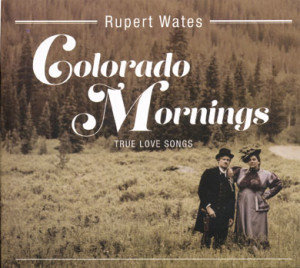By Tina Mitchell
Who’s awake? Me too! Who’s awake? Me too! In the bleak midwinter, this series of five rhythmic, muffled, slightly eerie hoots – all on one pitch – wafts through the darkness. The sentinel taking attendance is the Great Horned Owl. Measuring nearly 2 feet from head to tail, the Great Horned is the largest and most widespread owl in North America. Seen most commonly perched upright in trees or on power poles at dusk, this owl is heavily barred in brown and black. Feather tufts (not horns at all, despite its name) on its large head give rise to its rather inaccurate, albeit catchy, common name. Its enormous yellow eyes are so large that they cannot move in the owl’s head. However, the owl can swivel its head as much as 270 degrees to look in any direction. Since Great Horneds hunt at night, locating prey by sound is vital – and this owl has the requisite acute hearing. With a skull nearly as wide as its body, its ears are set relatively far apart and offset from each other a bit, allowing the raptor to triangulate the location of the tiniest sounds even more accurately.
No other owl in North America makes use of as many diverse habitats as does this massive, powerful raptor. Since they hunt from high perches, pretty much all they need are a few trees, some open areas for hunting and an abundance of prey. As is true with most owls, first on the menu are rodents, rodents, rodents (e.g., mice, rats, voles) followed by other nocturnal (active at night) and crepuscular (active at dawn and dusk) mammals such as skunks and rabbits. Great Horneds have even been known to take on porcupines, although neither in that fight typically comes out very well.
Great Horneds don’t build their own nests but instead use old stick nests built by large birds such as hawks, crows or large herons. One surefire way to find a Great Horned’s nest is to look for bulky stick nests in the large, leafless trees of winter. Every now and then, you’ll spot what looks like a nest with ears. That’ll be the female, hunkered down with just the top of her head showing, keeping the kids warm.
[InContentAdTwo]
Great Horneds begin nesting very early in the year, typically in January or February. Nesting so early involves considerable risk. Eggs must continually be kept warm during the entire 28 – 35 days before hatching, which can be a real challenge when the temperatures plummet. Owlets require four or five weeks to mature once they hatch, so they need extra time not only to fledge but also to develop complex hunting skills once they fledge. By hatching in late winter, the owlets are ready to start practicing those skills as soon as the weather warms a bit – and at a time when lots of other birds and mammals are raising young, which provides an abundance of prey for practice.
But Great Horned Owls are not the only owls breeding this time of year. Many of Colorado’s owls – e.g., Barn Owl, Western and Eastern Screech-Owl, Northern Pygmy-Owl, Long-Eared Owl – begin their breeding seasons before snowmelt. One year, I was lucky enough to have some up-close-and-personal encounters with an adorable Northern Saw-whet Owl family. I first heard a male calling in early February. Over the next three weeks, I’d hear him every night – an incessant call of one-note “toots” with scarcely a break for a breath, it seemed – advertising for a mate in the piñon/juniper woodlands around our house. This fellow indeed found himself a lady friend and they set up housekeeping in one of our larger nest boxes. She laid four eggs, three of which hatched into totally delightful nestlings. You can see some photos of this lovely family here (a shortlink to my blog): www.wp.me/Ph4IP-EJ.
In some American Indian cultures, the owl embodies sinister or evil happenings. Even in mainstream western culture, this creature often suggests mystery or trouble. Who remembers the various references and appearances of Great Horned Owls in the 1990s television series Twin Peaks? (“The owls are not what they seem …” Never a good omen in that show.) In reality, though, all owls deserve our respect and deep appreciation. Without the keen skills of these mighty nocturnal hunters, the rodent population might now be running the world while we sleep. Who’s awake, indeed …
Tina Mitchell is a research psychologist on the University of Colorado Anschutz Medical Campus in Aurora.



